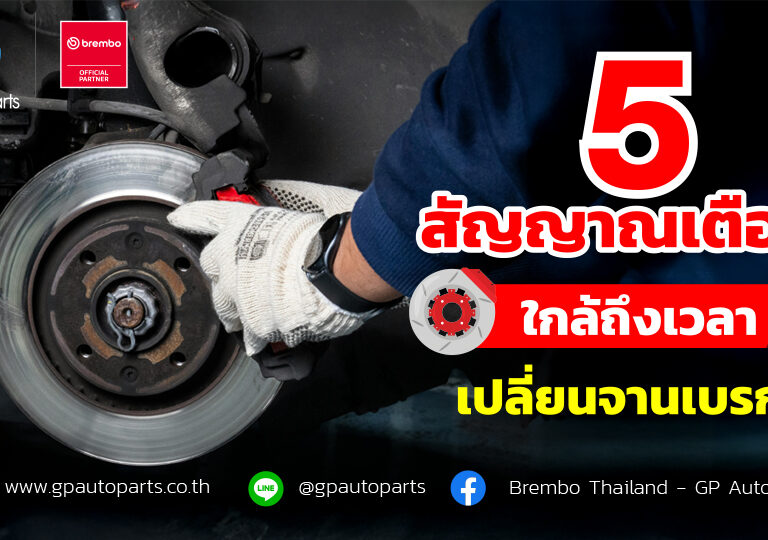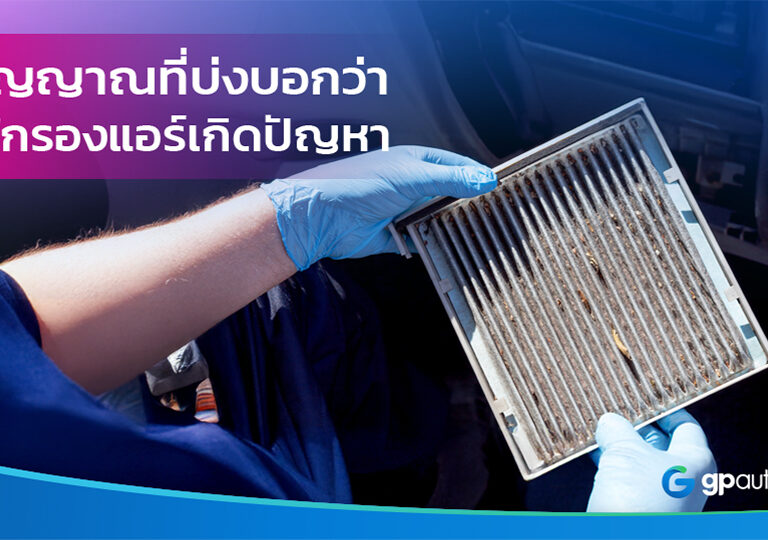Many people have probably heard of the terms genuine parts, OEM parts, and aftermarket parts quite often.
And do you know how each type of part mentioned above differs from one another? When it’s time to replace parts, which type should you choose? Today, G.P. Autoparts brings you some information to help you decide.
Many have heard of genuine, OEM, and aftermarket parts frequently.
Genuine parts, often referred to as “factory parts,” are parts produced by the car manufacturer themselves or contracted companies under the standards set by the respective car manufacturer. Opting for genuine parts ensures that you receive high-quality parts meeting the standards set by the car manufacturer. However, it comes at a higher price.
OEM (Original Equipment Manufacturer) parts are those produced by leading companies in different areas under contract with the car manufacturers. For instance, a leading bearing company may produce bearings for a car manufacturer, who may also produce and sell them under their own brand. Additionally, other standard-bearing manufacturers can produce and sell them independently.
This is where “aftermarket” parts come in. Interestingly, aftermarket parts are usually cheaper than genuine parts, yet their quality is not significantly different.
Lastly, “counterfeit” parts are imitations of branded parts. These parts may use standard brands or their own, and they come in various grades, ranging from good quality to barely usable. It’s worth noting that some of the most popular car models have up to five grades of counterfeit parts available on the market.
With the plethora of parts available, from various brands, grades, and prices, understanding the differences between each type of part will help you choose the right one according to your needs.
- Genuine parts, often referred to as “OEM parts,” are components manufactured by each car brand’s manufacturer either independently or by outsourcing to other component manufacturers under the standards set by those car manufacturers. Car manufacturers also act as distributors through their own service centers. Opting for OEM parts ensures confidence in receiving high-quality components according to the standards set by the car manufacturer, albeit at a higher price.
- OEM (Original Equipment Manufacturer) parts are produced when car manufacturers cannot produce every component used to assemble a car by themselves. Instead, they contract leading companies in various industries to manufacture these components. For example, a reputable bearing company might produce bearings for a car manufacturer, who may then sell them under their own brand. Additionally, these leading companies can produce and sell parts independently.
- This is the origin of “OEM parts,” and what’s interesting is that OEM parts are often priced lower than genuine parts but don’t differ significantly in quality. Aftermarket parts are imitations of branded parts. These parts may use standard brands or their own and come in various grades, ranging from good quality to barely usable. It’s worth noting that some of the most popular car models have up to five grades of aftermarket parts available on the market.
Given the wide variety of parts available in the market with different brands, grades, and prices, it’s essential to understand the differences between each type of part. With this knowledge, I hope everyone can choose the right parts that suit their needs.
Cr.ช่างเอก Know before you step https://d.dailynews.co.th
Find genuine car parts from various brands all in one place, complete and comprehensive, at GPA Autoparts Co., Ltd. We are the leading distributor of authentic car parts, offering a full range of retail and wholesale services.
___________________________________
Place an order/Become a distributor.
GP MOBILITY PUBLIC COMPANY LIMITED
Line id: @gpautoparts or Link
Contact: https://www.gpmobility.co.th/contact-us/
Follow me: https://linktr.ee/gpmobility
Service Monday to Saturday from 08:30 AM to 05:30 PM.
02-941-1222 (Auto),02-579-2882











